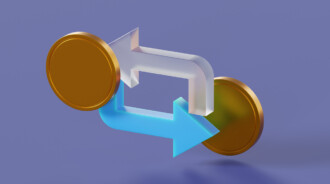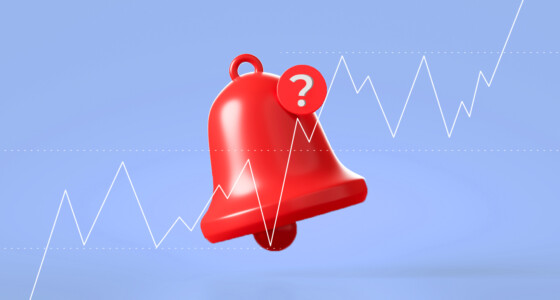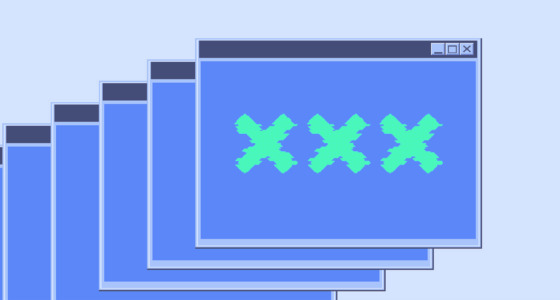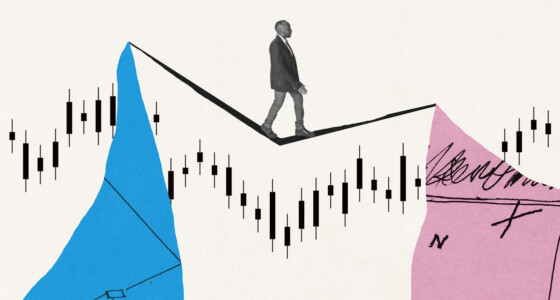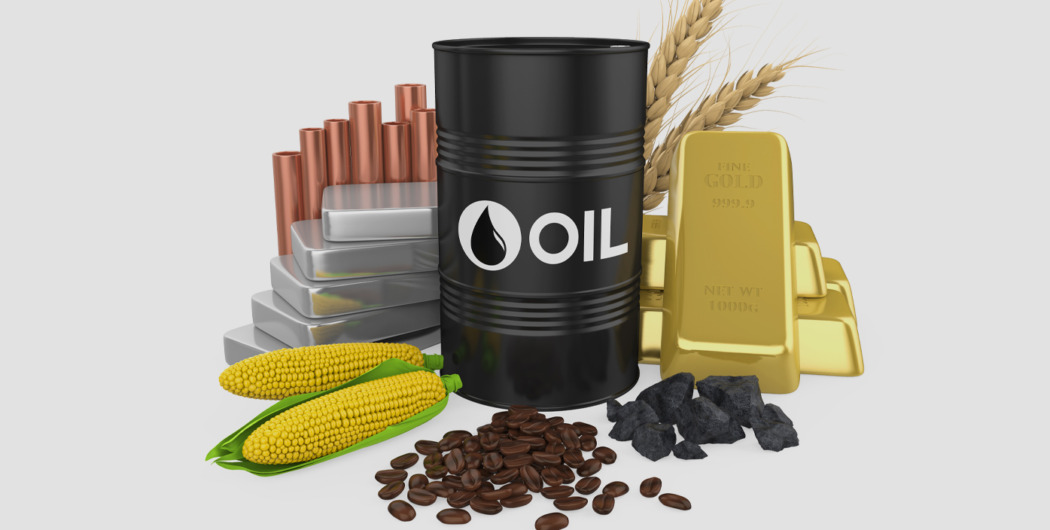

Financial markets offer various assets for trading, including commodities. There are three key commodity categories: energy, agriculture, and metals. You don’t need to own gold bullion, barrels of oil, or bags of wheat. Commodities are traded via futures, CFDs, and mutual funds. As for any other financial instrument, historical price movements, fundamental factors, and market sentiment affect the rate of a commodity. Therefore, you are recommended to apply commodity trading strategies that will help you structure your trades. Below, you will find the best commodity trading strategies.
Indian commodity trading began in 1875 when an organized commodity trading center, i.e., the Bombay Cotton Trade Association, was founded. It was the beginning of futures trading in India.
What are the 6 category types of commodities?
There are multiple types of commodities that one can take advantage of in trading. For the most part, there are three main categories, respectively metals, energy, and agricultural. New types of commodities emerged over time, though. Environmental ones appeared as there was a request to decrease pollution and find climate change solutions. Even cryptocurrencies are considered a type of commodity by some individuals.
Here are the 6 category types of commodities:
1. Precious metals
Precious metals are metallic elements that occur naturally. They have great economic value, and they can be used in many industries, such as in making coins, ornaments, and jewelry among others.
Precious metals include silver, gold, platinum, and palladium.
2. Environmental
This commodity type takes the shape of non-tangible energy credits. It’s a new commodity that was born from the market participants’ need to create energy forms that are cleaner and safer for the environment. The greenhouse gas emission restrictions of the government were the ones that led to the markets for the products.
3. Base or industrial metals
On top of precious metals, we also have industrial or base ones. They are used in various industrial and commercial applications, which makes them a key part of creating essential items and constructions that we take advantage of daily (airports, railroads, buildings, homes, bridges, and others).
Base or industrial metals include aluminum, steel, zinc, copper, iron ore, and others.
4. Energy
Energy is among the most popular commodity types. This is because energy commodities impact our lives the most. We use energy to consume or use many things, including electronic devices, clothes, groceries, cooling/heating, and more.
Energy commodities include natural gas used for generating electricity, crude oil used to produce plastics and transport things, and gasoline which provides cars and trucks with power. The price of energy can affect the cost of everything we use in our lives.
5. Cryptocurrencies
Cryptocurrencies are virtual currencies that were made using digital cryptography. They allow transaction processing in a decentralized manner, which means that governments and banks are unable to control these transactions.
Some digital currencies include Ethereum, Bitcoin, and Dogecoin.
6. Agricultural produce
Agricultural produce commodities are important because they are a source of food for both humans and livestock. They can be used in the creation of beverages, bread, and many other things. Agricultural produce includes coffee, soybeans, corn, wheat, sugar, and rice.
However, cotton is another one, as it is important in creating clothes.
What are the most traded commodities?
There are many commodities that investors love to trade. However, the most popular ones are:
· Gold
· Steel
· Silver
· WTI crude oil
· Brent crude oil
· Iron ores
· Aluminum
· Copper
· Soybeans
· Corn
How can you trade commodities?
There are different ways to trade commodities. It all depends on whether you want to take the delivery of the asset or not. Some ways to trade commodities include:
· Stocks – Company stocks that take part in commodity production or mining allow you to make trades.
· CFDs – Traders can make speculations on commodity prices without owning them when they take advantage of CFDs.
· Commodity Futures – Commodity futures contracts allow a trader to buy a commodity amount at a particular point in the future.
· ETFs – ETFs that invest in commodity futures, options on futures, and physical assets allow you to get exposure to the commodity market.
· Spot Trading – With spot trading, you can get the commodities delivered to you after you buy them.
Commodity trading strategy
There are different strategies for commodity trading and here is one example.
Let’s say that we do a backtest. This backtest looks at the overnight edge. Then, after buying the close, we sell the open the following day in the ticker code DBC ETF.
The gains do not come when the stock exchange opens and are brought from the overnight edge. You get a certain gain every day, which could be as small as 0.02%. This is less than half of what the stock market shows.

1. Range Trading
Don’t be surprised — the range trading strategy is one of the basic trading approaches used in any financial market.
It’s a simple commodity trading strategy, the concept of which is to trade on pullbacks from support and resistance levels. When the price rebounds from the support boundary, open a long position. If the rate goes down after a touch of the resistance level, sell the asset.
The strategy is effective for commodity trading, as the price tops and bottoms are highly influenced by the supply and demand factor. When the demand rises, the price surges to peaks. Conversely, an increase in supply and a decline in demand pull the price down.
Range trading implies the usage of channel indicators like Bollinger Bands and Alligator. Also, as the price moves up and down, you can determine oversold and overbought areas. RSI and Stochastic reflect such zones and allow opening trades on the price recovery.
Traders should remember that most commodities are highly volatile. This means that the price may go beyond support and resistance levels, leading to risks. Moreover, commodities can be oversold and overbought for a long period. Therefore, it may be difficult to define entry and exit points.
2. Fundamental trading
Commodities highly depend on fundamental factors. The commodity market is represented by various financial instruments, and there are no common factors for all of them. Before entering the market, you should learn what affects a particular asset.
For example, if any of the world’s largest oil consumers (USA, China, and India) announce an increase in demand, crude oil prices will increase. Therefore, a trader can open a long position. Vice versa, if any of the largest oil producers signal an increase in production, the price will decline, and traders will start to sell oil.
Another example is agricultural goods. Their prices are affected by the weather factor. For instance, dryness during the summertime will lead to a reduction in wheat production. This will push the price up, as the demand will overcome the supply.
You can combine fundamental factors with technical analysis so that indicators and patterns provide signals on entry and exit points. Still, this strategy will require more time, as you will need to read the news, check economic data, and analyze their effect on the price of a particular asset.
Summing up
The commodity market is represented by various assets. There is no single trading rule for all of them, as they differ in the degree of volatility, price factors, level of liquidity, and popularity among traders. Before entering the market, learn the features of the asset you want to trade and use a basic commodity trading strategy.
Disclaimer: No strategy can guarantee a 100% correct trade outcome.

